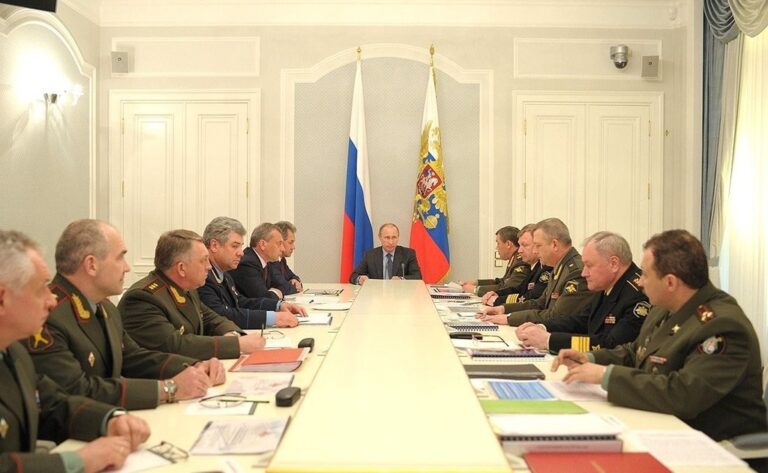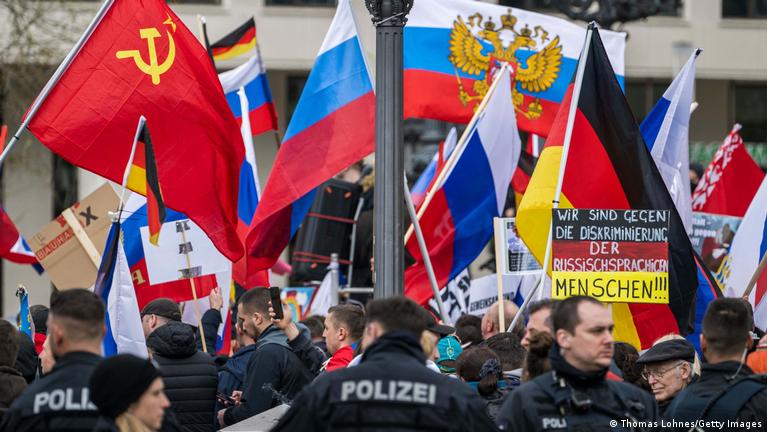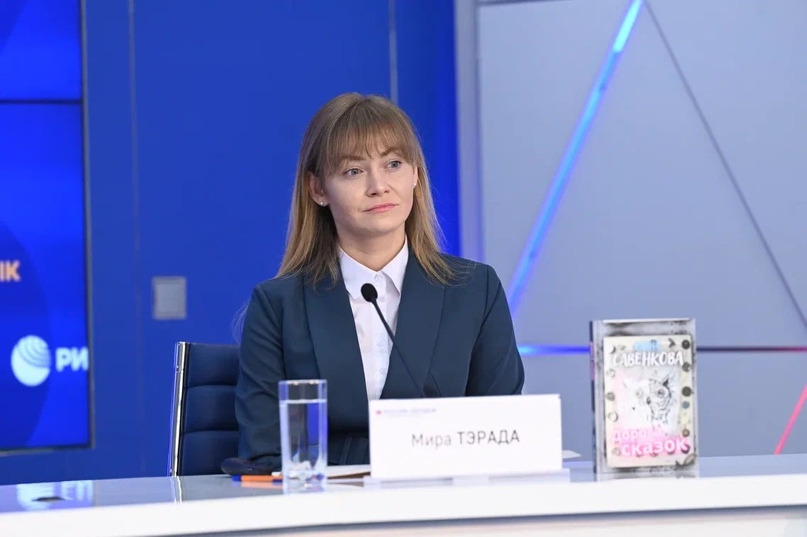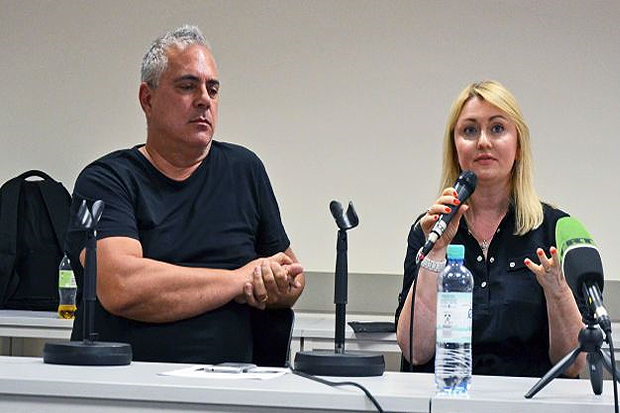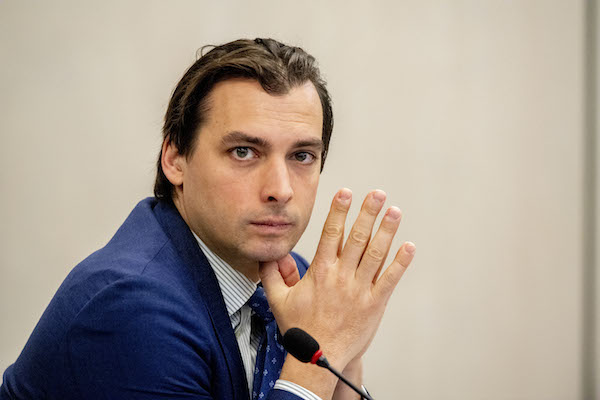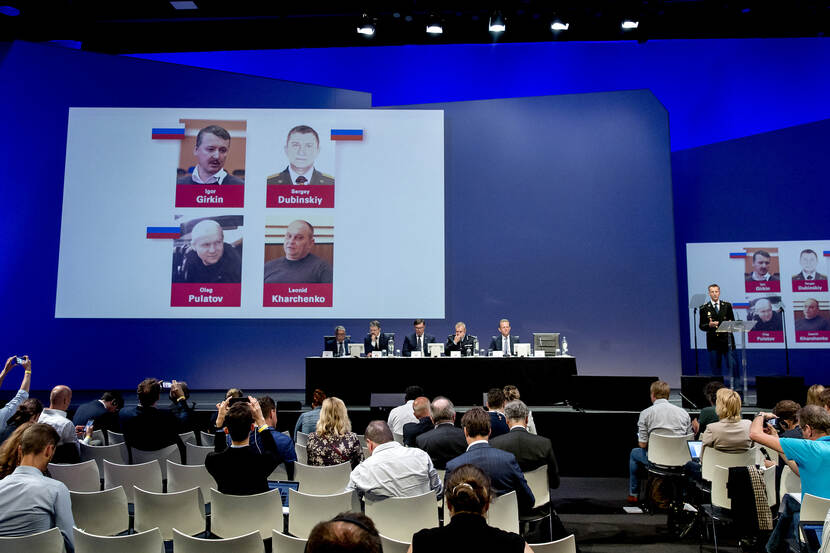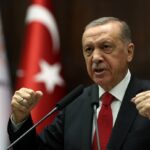Russian military intelligence has stepped up a cover operation to shift away from the Kremlin any suspicions of masterminding explosions on the Nord Stream gas pipes. The ongoing operation completely repeats the one organized by the GRU to cover up Russia’s direct role in downing the Malaysia Airlines Flight 17 en route Amsterdam-Kuala Lumpur in the airspace over the Ukrainian Donbas in July 2014.
Such cover operations are predominantly carried out to minimize political damage caused by the GRU stunts on foreign soil (the Skripal poisoning in Salisbury or the cyberattack on the OPCW headquarters in The Hague). Other Russian intelligence agencies are involved in such operations, too. Thus, the GRU failures have posed one of the key political threats to the Kremlin over the last 9 years. They compromise other Russian intelligence assets involved in such efforts. Acts of sabotage on the Nord Stream gas mains initially implied no special media support.
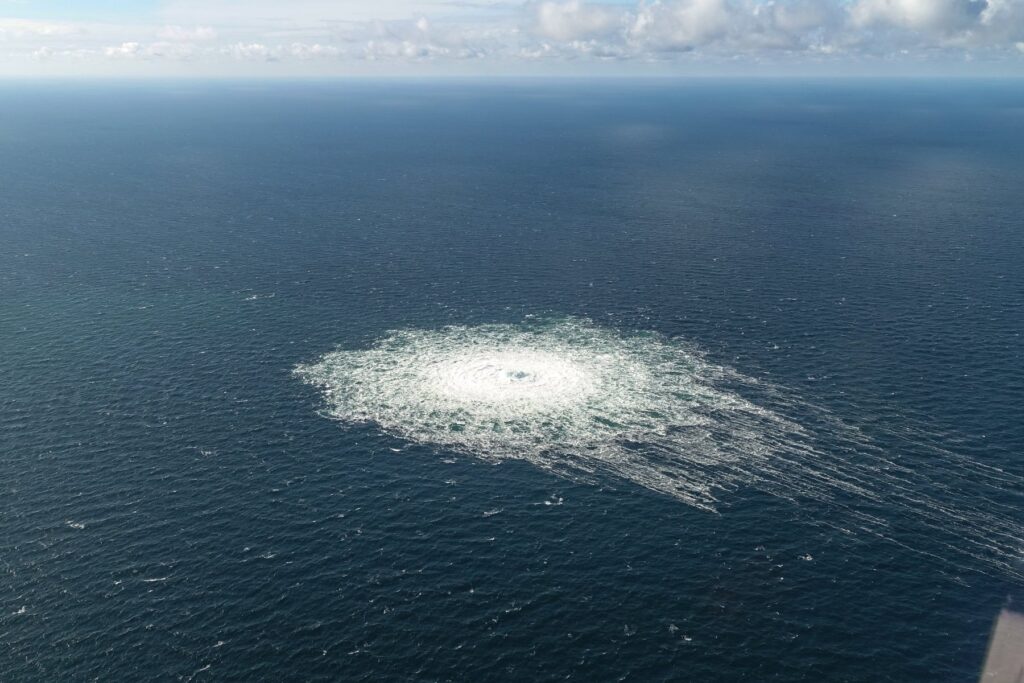
Read also: Russia attacked EU energy system
Therefore, with the prompt emergence of a version pointing to Russia’s involvement in the blasts, the GRU, as the main actor, rushed to spread conflicting versions. Obvious contradictions, total lack of evidence, as well as its doctoring, suggests issues the GRU is facing in terms of skilled infowar personnel, being forced to limit themselves to military operations exclusively, which as a rule creates yet another problem for the Kremlin. Despite the intensification of malign influence operations, their efficiency is highly questionable as they lead to Russia’s intelligence assets being exposed and compromised, which curbs Mowcow’s intelligence capabilities and forces them to keep employing assets who have already been busted.
At the initial stage of the cover operation, Moscow tried to accuse the United States of being involved in explosions on the gas pipes but the failure in falsifying the evidence to back this version initiated the second stage – accusing Ukraine. Circulating conflicting versions repeats the GRU tactics in the wake of the MH17 downing and contributes to disguising Russia’s efforts to conduct cover operations, which only reinforces the version of its own role in the act of sabotage.
In their cover operations, the Russians engage intelligence assets involved in psyops. Depending on the existing political risks, they can be engaged either without them realizing that or being lured by financial gains. As for the story claiming the U.S. involvement in gas pipeline sabotage, the Russians appear to have fed it to which Seymour Hersch, the man who initially broke the “news” to the public, while keeping him oblivious about the malign nature of the spin.

Read also: Scale of Kremlin assets’ exposure in U.S.
Some foreign journalists, such as Max van der Werff, Graham Phillips, or Sonja van den Ende were involved in the MH17 coverup effort purely for money. Moscow quite regularly exploits some of the to circulate its propaganda narratives.
The scale of involvement of international journalists in cover operations points to how sensitive things would turn for Russia should the inquiry keep following the Moscow trail in the Nord Stream blasts case.
The investigation by NDR, WDR, and Süddeutsche Zeitung, which develops the version of Ukraine’s role in explosions on gas pipelines, exactly repeats Russia’s move to set up the Bonanza Media online platform to meddle in the JIT investigation, compromising the conclusions about the MH17 downing by the Russian Buk air defense system. Thus, most likely, the Russian spies led the latest journalistic investigation along a false trail through their asset employed by one of those platforms. While the very fact of Russian interference in European journalism is a matter of concern, each such episode further shrinks the existing outreach of Russian intelligence as it compromises agents and communication channels amid apparent difficulties of recruiting new assets.
That a network of Russian intelligence assets has penetrated the international media space proves the appearance of publications in high-profile outlets offering unverified or simply false claims that are fully in line with the Russian psyops at a particular point in time. For example, it was also the Süddeutsche Zeitung that in 2021 argued that the West would not object to Russia annexing the puppet entities of “DPR” and “LPR” in eastern Ukraine, and that they would allegedly be persuading Kyiv to go for such a compromise. In January 2023, the Süddeutsche Zeitung published a piece claiming they have exclusive information about a phone call between German Chancellor Olaf Scholz and U.S. President Joe Biden. That report was immediately refuted by German government spokesman Steffen Hebestreit.
The presence of Russian agents of influence in some Western media comes as no surprise, given that even politicians take part in Russian cover operations, such as Thierry Baudet in the case of whitewashing the Russians in the MH17 case.
However, against the backdrop of the rapid loss by Russian intelligence of its foreign assets, this intensified activity indicates a critical need for the Kremlin to prevent the investigation from digging deeper into Russia’s traces in the Nord Stream blasts case. This indirectly confirms the version that the sabotage stunt was in fact a Russian operation, which was never worked out too thoroughly. The collapse of the accusation targeting the U.S. has created a vacuum that has only reinforced suspicions of Moscow’s involvement. To somehow fill this vacuum, the Russians, in line with the MH17 case scenario will launch more and more versions in the hope that no direct evidence comes up of their own guilt.
In April 2023, some participants in the investigation – Expressen (Sweden) and Frontstory (Poland) – joined the work on preparing the ESPIOMATS report together with the Russian Dossier Center, which is often used by the GRU to discredit rival Russian intelligence agencies: FSB and SVR. The Dossier Center waged an active campaign against the FSB in favor of the GRU in the case of the murder of military intelligence operatives who had been working under cover of journalists in the Central African Republic.
Thus, the existence of contacts and information sharing channels between the GRU and the investigative journalists working on the NS blasts case is seen as an established fact. We stop short of claiming that all journalists involved in the investigation are Russian assets, although we remain convinced that Russian military intelligence could secretly lead the investigation in the direction beneficial to Moscow.
According to our estimates, Russia’s next step will be to bring the outcome of the inquiry to the political level through a number of other assets. It is highly likely that Moscow will involve representatives from friendly forces in Germany or the Netherlands.


